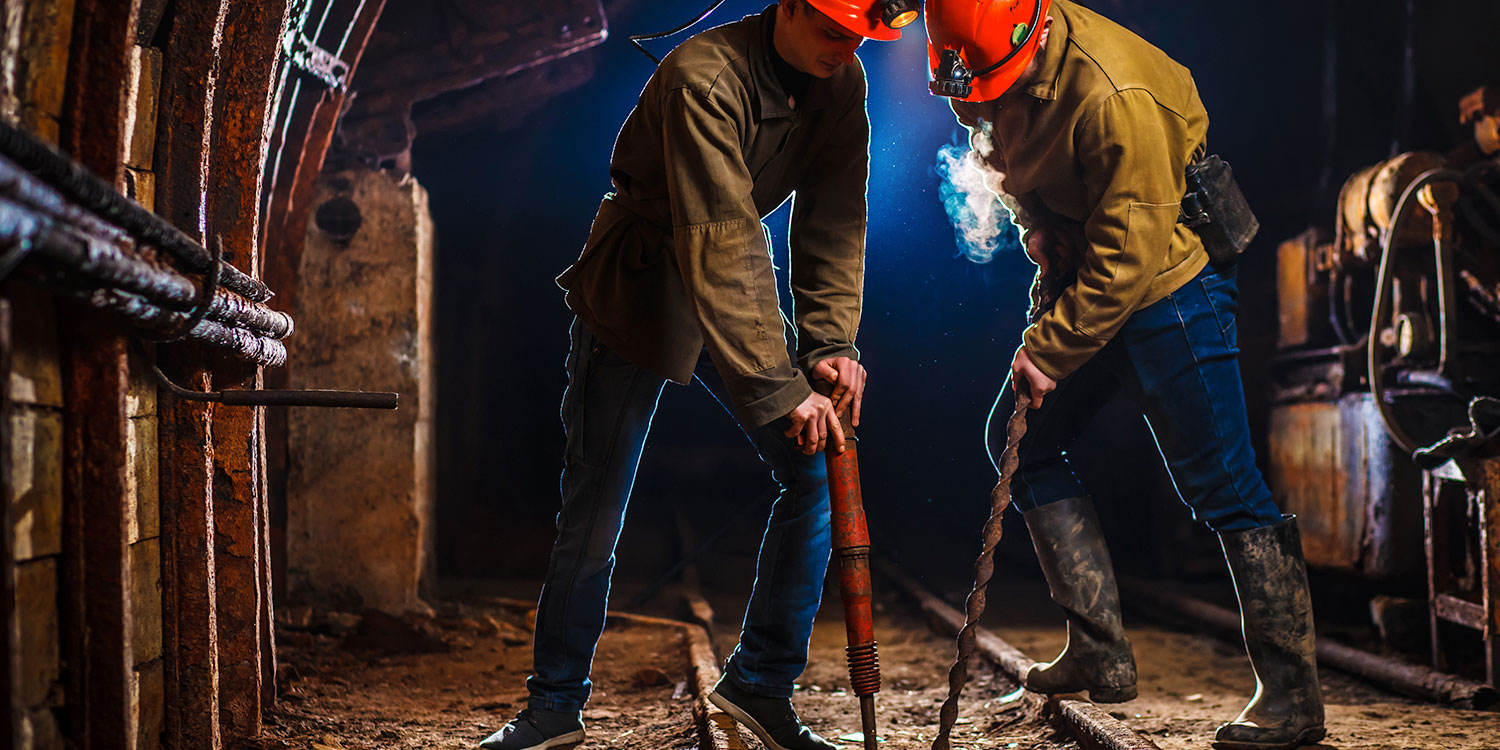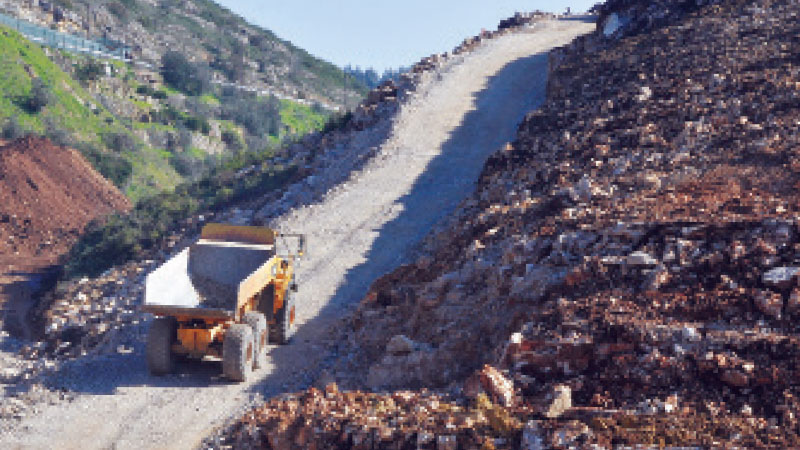Understanding What Keeps Employees Up at Night Key to Understanding Hazards
Addressing safety risks in the workplace begins with identifying them and understanding how prevalent they are to workers on a daily basis. Recently, not-for-profit health association Workplace Safety North (WSN) has been engaging industry professionals within both forestry and mining to conduct workplace risk assessments in Ontario. This process, conducted every three to five years, identifies the highest risks in each sector by asking workers and management representatives one question: What keeps you up at night in regards to risks that you deal with?
“We found this process very beneficial because it focuses in on leading indicators rather than basing our decisions and directions on lagging indicators or injury statistics, which historically has always been the way most organizations have really gauged how they’re progressing,” says Tom Welton, CRSP, Director of Prevention Services and Education Programs at WSN. “But those statistics are always well behind where we are today and [the] industry is changing so quickly. It’s very important to have leading indicators.”
In early May, Welton attended the Ontario Forest Industries Association’s 80th Annual Meeting to talk with forestry leaders, who validated the results of WSN Risk Assessment: the biggest safety risk in the Ontario forestry industry is getting behind the wheel, driving to and from work.
It was a similar story in the Ontario mining industry, where the top two safety risks indicated by mining professionals included the risk of interaction or collisions between mobile equipment, and the interaction between mobile equipment and pedestrians.
“Distracted driving was the number one hazard when we did the last risk assessment in the forestry sector back in 2017,” says Welton. “Unfortunately, it still is the number one risk that both management and workers perceive in the industry. From the mining perspective as well, [within] interaction between equipment and collisions.”
Nobody is immune to safety risk, either. All three risks may affect any worker that interacts with driving hazards or heavy mobile equipment during day-to-day operations.
After conducting its risk assessments, WSN investigates the most prevalent risk using a “root cause analysis.” During this phase, WSN will research the risk, learn why it is the most prevalent, and find the best course of action when it comes to addressing the risk – while getting feedback from those in the industry. The results will be published over the next few months.
In the short term, the risk assessments will help WSN prioritize what leaders and workers are communicating to them. Employers can use the resulting information, which WSN has organized into infographics, to create a greater awareness of that particular hazard in the workplace.
A valuable resource that addresses safe driving to and from worksites is the Safe Driving on Forest Roads online program. The program was born from WSN’s 2017 risk assessments, where distracted driving was the primary risk within forestry. That year, WSN partnered with the Sustainable Forest Initiative (SFI), which provided funding to develop and promote a Safe Driving on Forest Roads. It’s available now in both French and English at https://bit.ly/3O3n00y.
Welton stated that the majority of workers in Ontario forestry have gone through the program, which promotes a greater awareness of driving hazards that employees deal with while travelling to work and while driving equipment. After talking with industry leaders, he believes it is having a greater impact with newer working coming in than existing workers. It’s a start, but there’s still work to do.
“We’re hoping that through the upcoming root cause analysis for forestry that we’ll get some new ideas, new ways we can push that envelope a little further, and try to really engage the industry in addressing this particular hazard, which unfortunately has resulted in a lot of fatalities and critical injuries within forestry,” says Welton. “Everything from head-on collisions up blind hills to interactions between log trucks and smaller vehicles, travelling-to-work conditions to speed, which is generally a big issue from a mining industry perspective.”
WSN and other industry professionals have explored various control measures such as alarms on equipment, vehicle lights, and using different schemes of flashing lights to interact with approaching vehicles. As well, many mines across Canada have developed specific traffic management plans, which look at how companies can segregate different parts of the operation, so vehicles don’t interact. Another notable effort comes from forestry and mining equipment manufacturers, and their focus on technology that promotes worker safety. In particular: cameras, proximity detectors, and collision avoidance systems, all of which are becoming normalized within both industries.
You can find the results of WSN’s risk assessments at www.workplacesafetynorth.ca. Workplace Safety North provides a variety of resources that forestry and mining professionals may find beneficial and hosts webinars on key issues, like the recent virtual Battery Electric Vehicle Symposium, which had viewers from all over the world. This year WSN will be conducting webinars for each risk assessment and root cause analysis once the research complete.


 1-866-985-9780
1-866-985-9780








